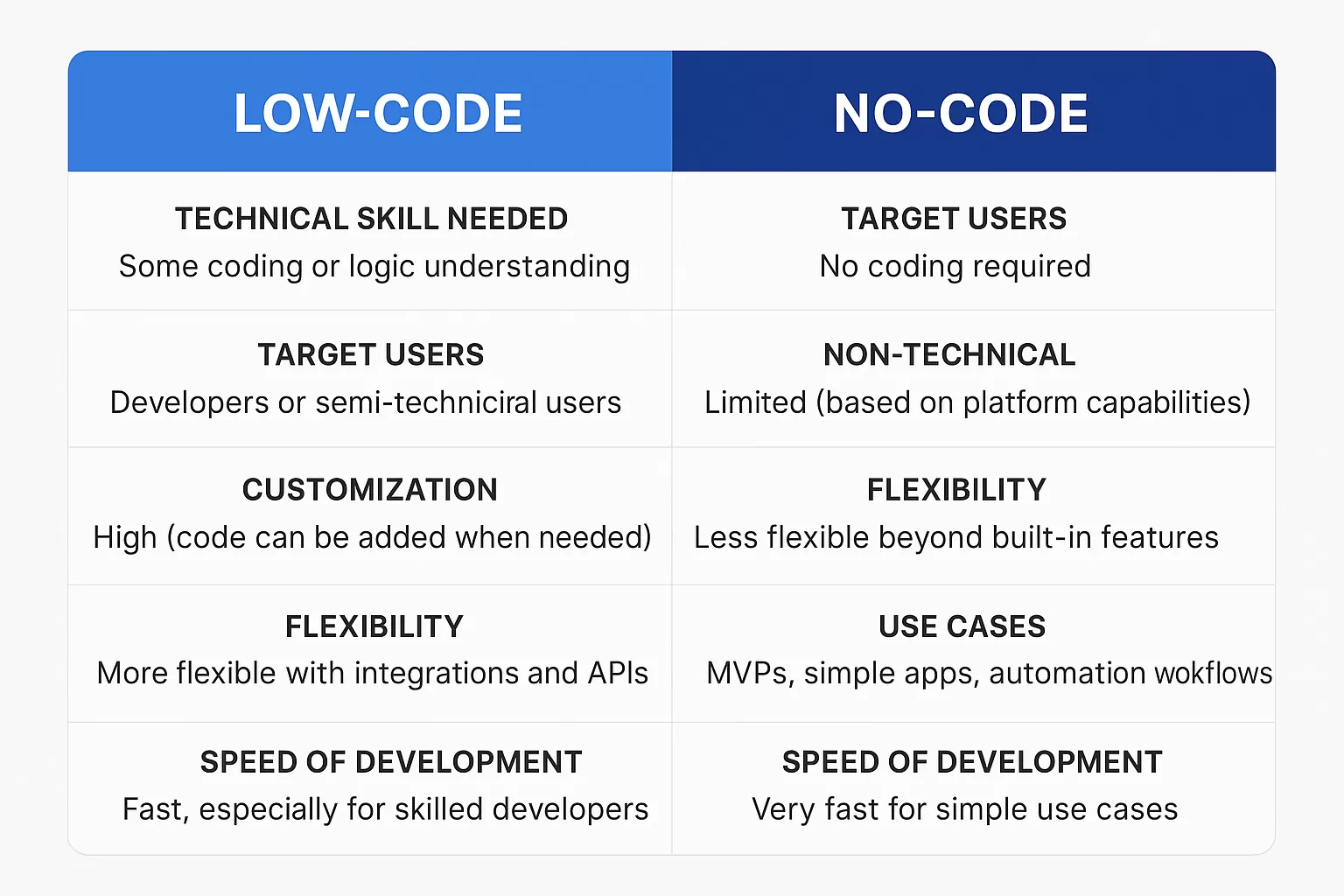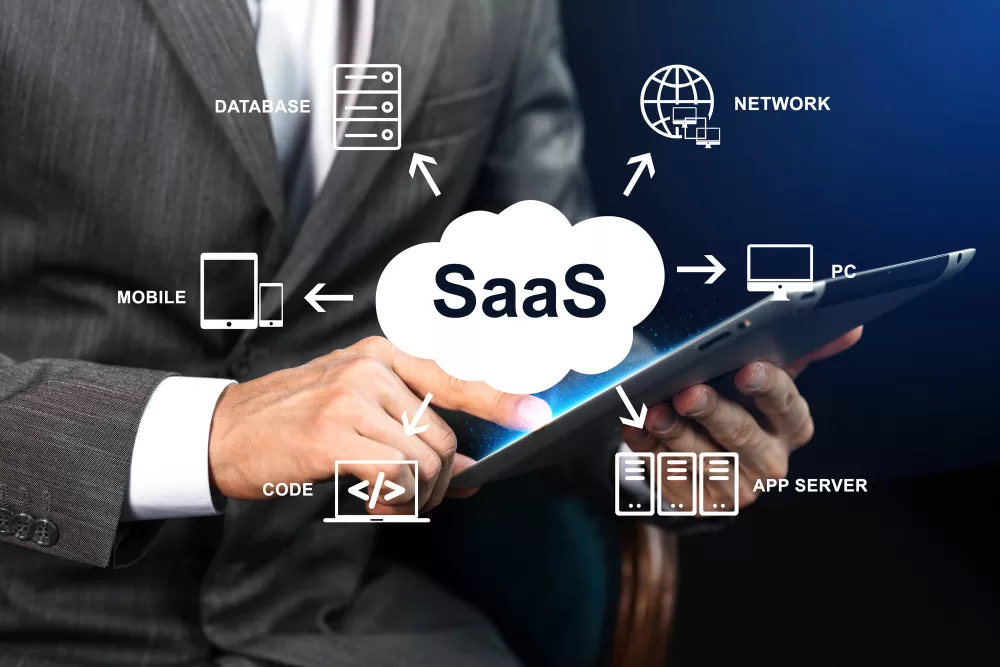
- Services .
- Industries .
- Company .
Explore detailed insights, expert opinions, and updates in our blog. Stay informed, discover new perspectives, and enhance your knowledge with every read.

Enterprise application development plays a critical role in driving digital transformation, productivity, and automation across large organizations. Whether it's a custom CRM, ERP, HRMS, or a business intelligence dashboard, these applications often manage complex workflows, large data sets, and multi-departmental users.
However, building robust, scalable, and secure enterprise applications is not without hurdles.
In this article, we’ll break down the top challenges in enterprise app development—and offer practical, experience-based solutions to help your organization or team succeed in building resilient software systems.
Enterprise apps handle sensitive data—financial records, personal info, business strategies. A breach can lead to massive financial and reputational loss.
· Implement multi-layered security (TLS/SSL, OAuth2.0, SAML)
· Use data encryption (AES-256 for storage, TLS for transit)
· Adopt zero-trust architecture
· Conduct regular security audits and penetration testing
· Ensure compliance with GDPR, HIPAA, or SOC 2, depending on your industry
Pro Tip: Use cloud-native security tools from AWS, Azure, or GCP to automate threat detection and data protection.
Most enterprises rely on legacy systems that weren’t built for modern tech stacks or APIs, making integration time-consuming and error-prone.
· Use middleware and API gateways (like MuleSoft or Apigee)
· Employ microservices to encapsulate legacy functions
· Gradually phase out outdated systems using a strangler pattern
· Implement ETL pipelines for data synchronization
Pro Tip: Start with integration points that offer the most business value, then build backward-compatible APIs.
As enterprises grow, user numbers and data volume scale up. An app that isn’t built for scale may crash, slow down, or cause business disruption.
· Use cloud-native infrastructure (Kubernetes, AWS ECS, Azure AKS)
· Design for horizontal scalability using stateless services
· Implement auto-scaling and load balancers
· Cache frequently accessed data using Redis or Memcached
Pro Tip: Use serverless functions for burst-heavy workloads to reduce costs and scale automatically.
Enterprise apps serve different departments and roles—each needing unique access levels and interfaces. A poor UX leads to low adoption and resistance.
· Conduct UX research with actual users across departments
· Use role-based dashboards with personalized data views
· Ensure responsive design for mobile, desktop, and tablets
· Offer onboarding help, tooltips, and live support
Pro Tip: Build modular UIs with components that can be reused and customized by user role.
Enterprise apps often take months (even years) to develop due to scope creep, unclear requirements, and cross-team dependencies.
· Adopt Agile or SAFe frameworks
· Prioritize features through MVP development
· Use CI/CD pipelines for faster deployment and testing
· Maintain product roadmaps with stakeholder alignment
Pro Tip: Break large systems into micro frontends and microservices to allow parallel development and faster releases.
Employees and stakeholders resist new systems due to unfamiliarity, fear of change, or lack of training.
· Involve users in early development through feedback loops
· Provide comprehensive training, documentation, and support
· Use pilot launches and internal champions to drive adoption
· Gather and act on user feedback continuously
Pro Tip: Treat your enterprise app like a product—not just software. Success depends on user satisfaction.
Enterprise apps need to evolve. Managing updates, version compatibility, and minimizing downtime is a continuous concern.
· Use containerization (Docker) to isolate environments
· Implement blue-green deployments or canary releases
· Maintain versioned APIs to support backward compatibility
· Set up monitoring and alerting (Datadog, Sentry, Prometheus)
Pro Tip: Automate backups and run regular system health checks to avoid last-minute surprises.
Enterprise application development is a high-stakes, high-reward endeavor. With large user bases, sensitive data, and critical workflows on the line, it’s essential to get it right.
By addressing challenges early—security, scalability, integration, UX, and change management—you’ll set a strong foundation for long-term success.
At GreatWorks Technologies, we specialize in designing and developing scalable, secure, and user-friendly enterprise applications tailored to your business needs.
Whether you're modernizing legacy systems, creating cloud-native platforms, or building enterprise-grade mobile apps—we’ve got the expertise to deliver end-to-end solutions.
👉 Get in touch today to discuss your enterprise software goals and see how we can help bring them to life.

Software Developer vs. Software Engineer: What’s the Difference?

Low-code vs. no-code app development

What Is Digital Transformation? A Modern Business Guide

Complete SaaS Application Development Guide 2025

How Programming Outsourcing Works in 2025

The Psychologist Improving Education with AI Tools

How ChatGPT Saves Teachers 3–10 Hours Every Week

Empowering Financial Services with Advanced Technology

Space Debris Crisis: The Silent Threat Above Earth

Top Tech Blogs for 2025: Founders, Facts & Insights